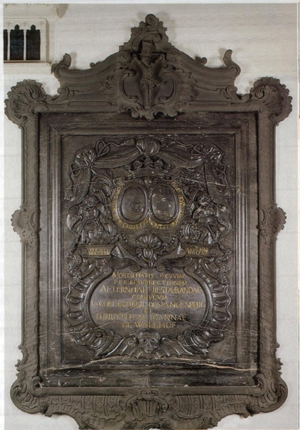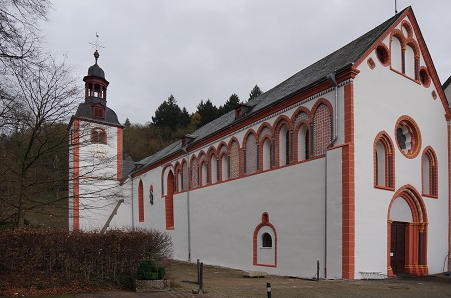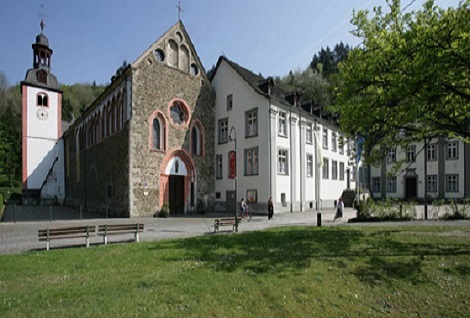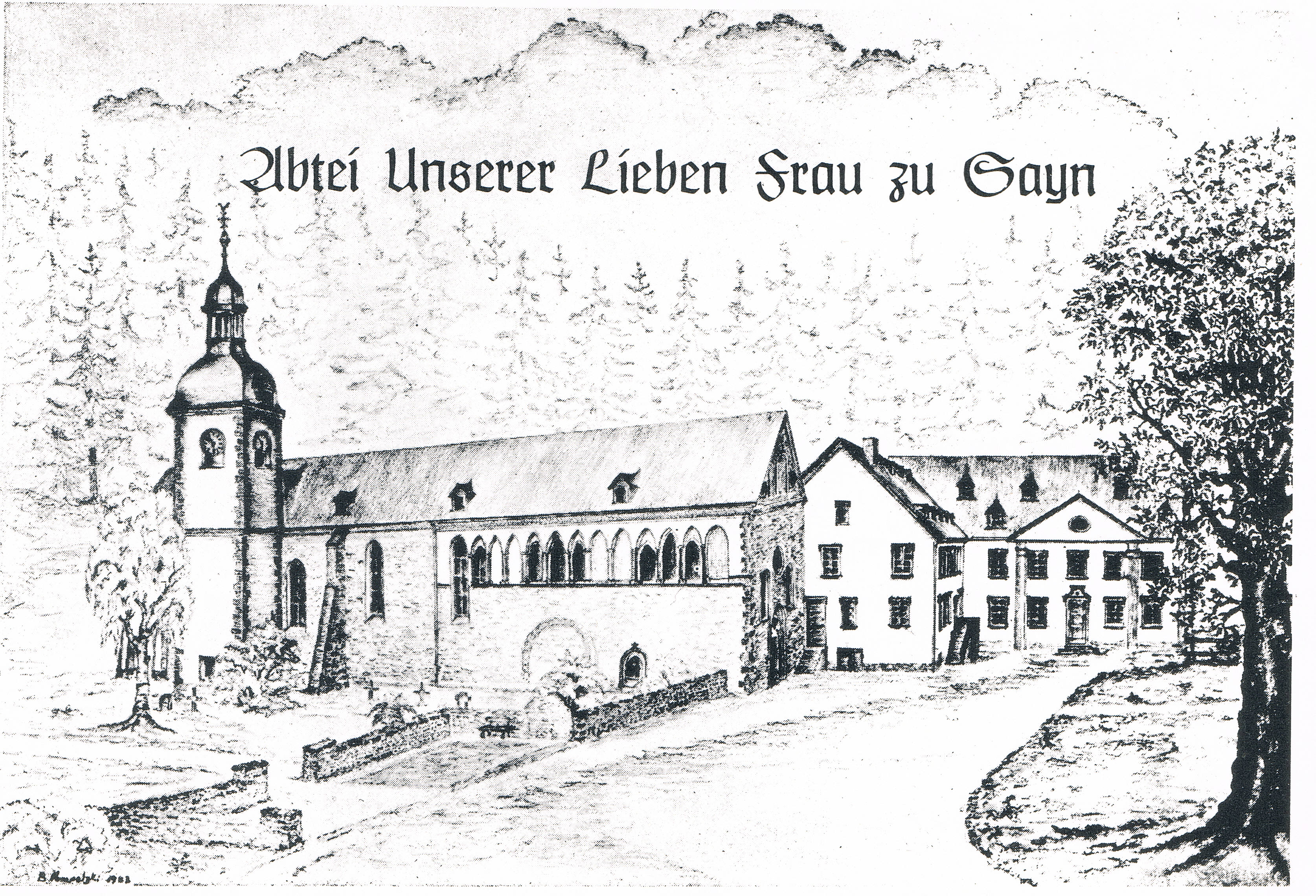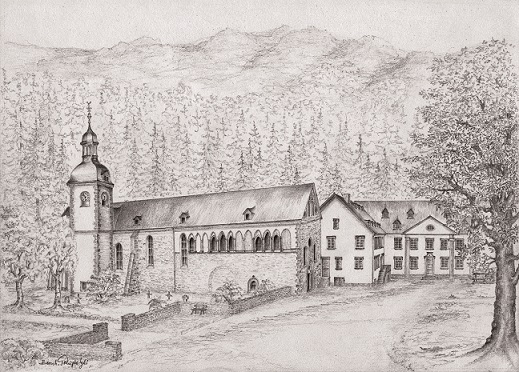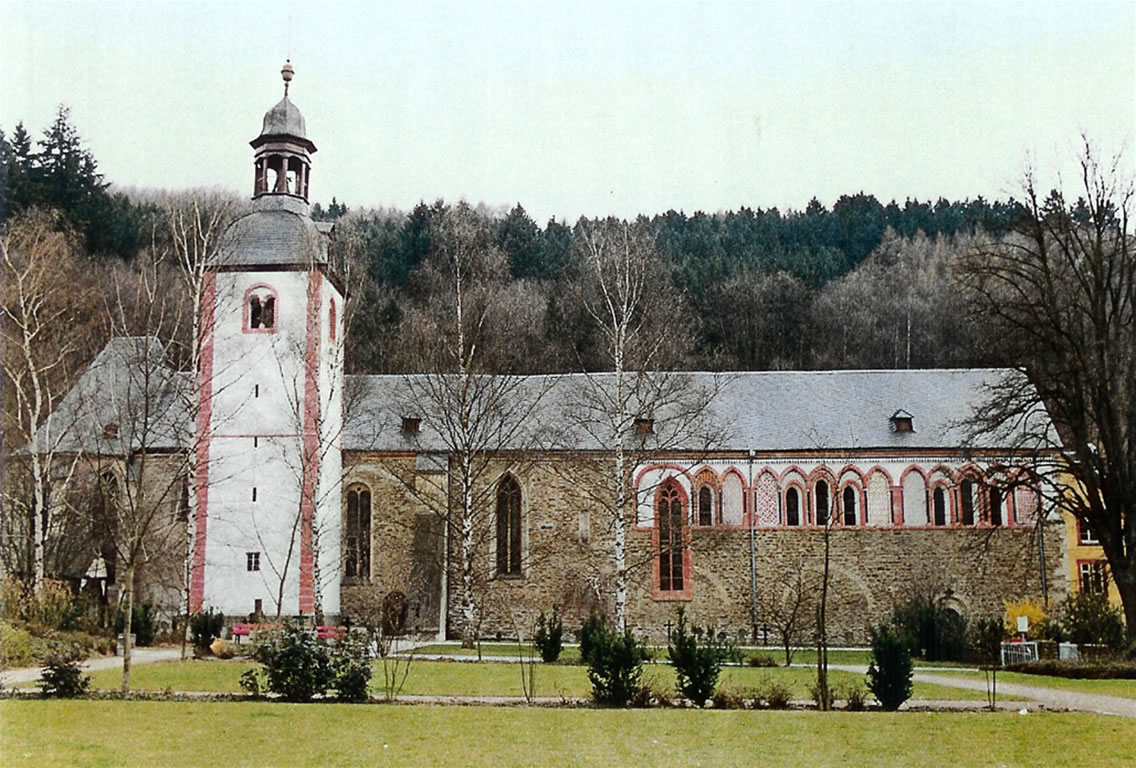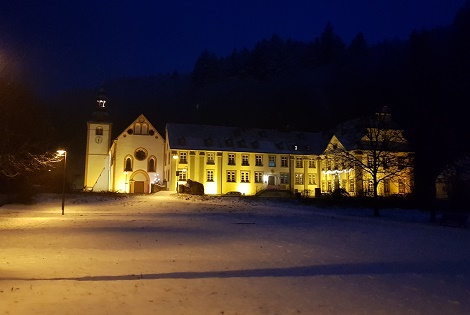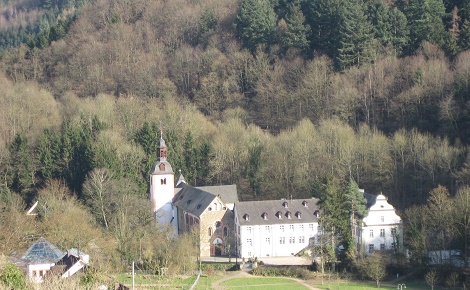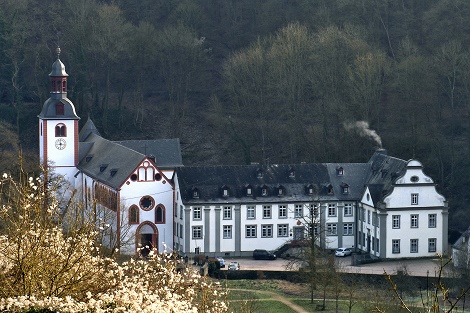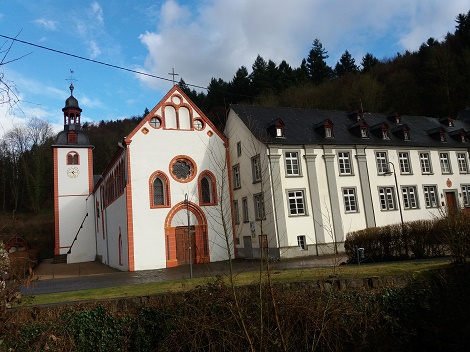The tomb of Jakob Georg von Spangenberg and his wife Johanna Dorothea von Wallhof
On the south hand side of the altar room you will find the 2,20 m wide and 2,80 m high grave stone of the couple von Spangenberg. A black marble tablet is framed by a plaster frame the lower side of which was has been partly concealed since the elevation of the church. Shell decoration, mourning genies and mourning decoration, the crest of the families Span¬genberg and Wallhof as well as inscriptions fill out the marble tablet. Over the framework under a canopy a cross can be found.
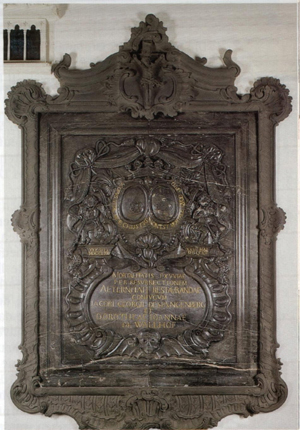
The inclusions to the framework by a plaster sculptor were the focus of restoration work. Renewing the golden paint work and the colored frame has been very suitably accomplished.
Jakob Georg von Spangenberg (1695-1779) was the son of a Protestant preacher from the South Harz area of Germany. In Jena he studied oriental languages, theology of the Greek church fathers, Law and Mathematics. In philosophy and theology he experienced the transition from enlightenment, but also to pietism. After his studies he entered service for the dukes of Sachsen-Meiningen, but then transferred to electoral duty in 1733. The same year he converted to the Catholic church, while emphasizing that that the only reason was that the nature of the early church, the theology of which he had studied, lived on more in the Catholic than Protestant church. But for the rest of this life he kept contact to his youngest brother. He was a renowned author and a bishop of the Moravian Brothers.
Spangenberg lived in Ehrenbreitstein near the Capuchin square. In the neighbouring town Pfaffendorf even today he is commemorated by „Spangenberg Street “. He served three electors and had the highest offices in the Electorate of Trier. As a representative of the Prince-Elector he went to Regensburg, Frankfurt and Wien. There he even earned the recognition of the empress Maria Theresia, who called him “our good friend”.
He encouraged the auxiliary bishop of Hontheim to collate his wisdom on historical findings into a book and publish it. This led to the title „Fe¬bronius“ an intensive study of the difference between the responsibilities of popes and bishops.
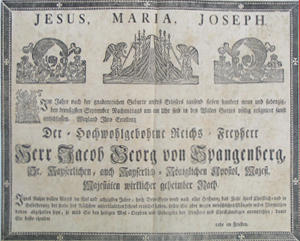
In 1755 Spangenberg‘s wife died and she was buried in the choir of the abbey church in Sayn. This was possible as Spangenberg was friends with the abbot lsfrid Ohm (1), a friend of science as he himself was. He was a benefactor of the Premonstratensian abbey in Sayn and the Benedictinus abbeys Marienberg in Boppard and Niederprüm. In Sayn he wanted to spend his retirement age busying himself with all things oriental as the abbot had done. However after five years in 1775, at the age of eighty he was called back to politics by the vice chancellor of the state. The same year the emperor released him, he who had been appointed as secret advisor with a pension of 4000 guilden for his baron’s retirement. He died in 1779 in Ehrenbreitstein and in accordance with his will his body was transported to the Rhine by six Capuchin monks. From there his body was transported to Bendorf and from there taken by a prelate dressed in black to the abbey church of Sayn were he was buried at night in total silence.
(1) Abbot in Sayn 1744-1777.




